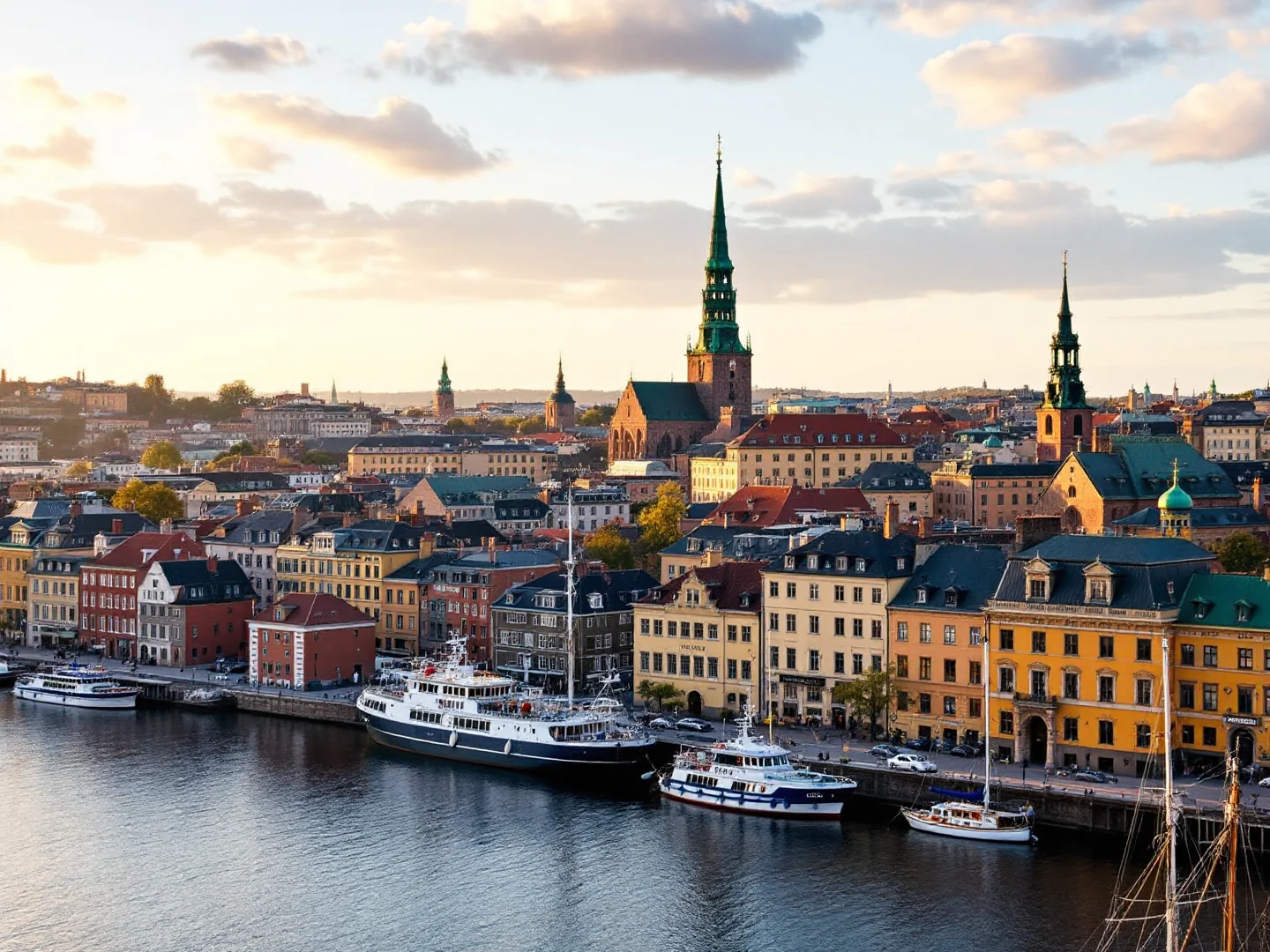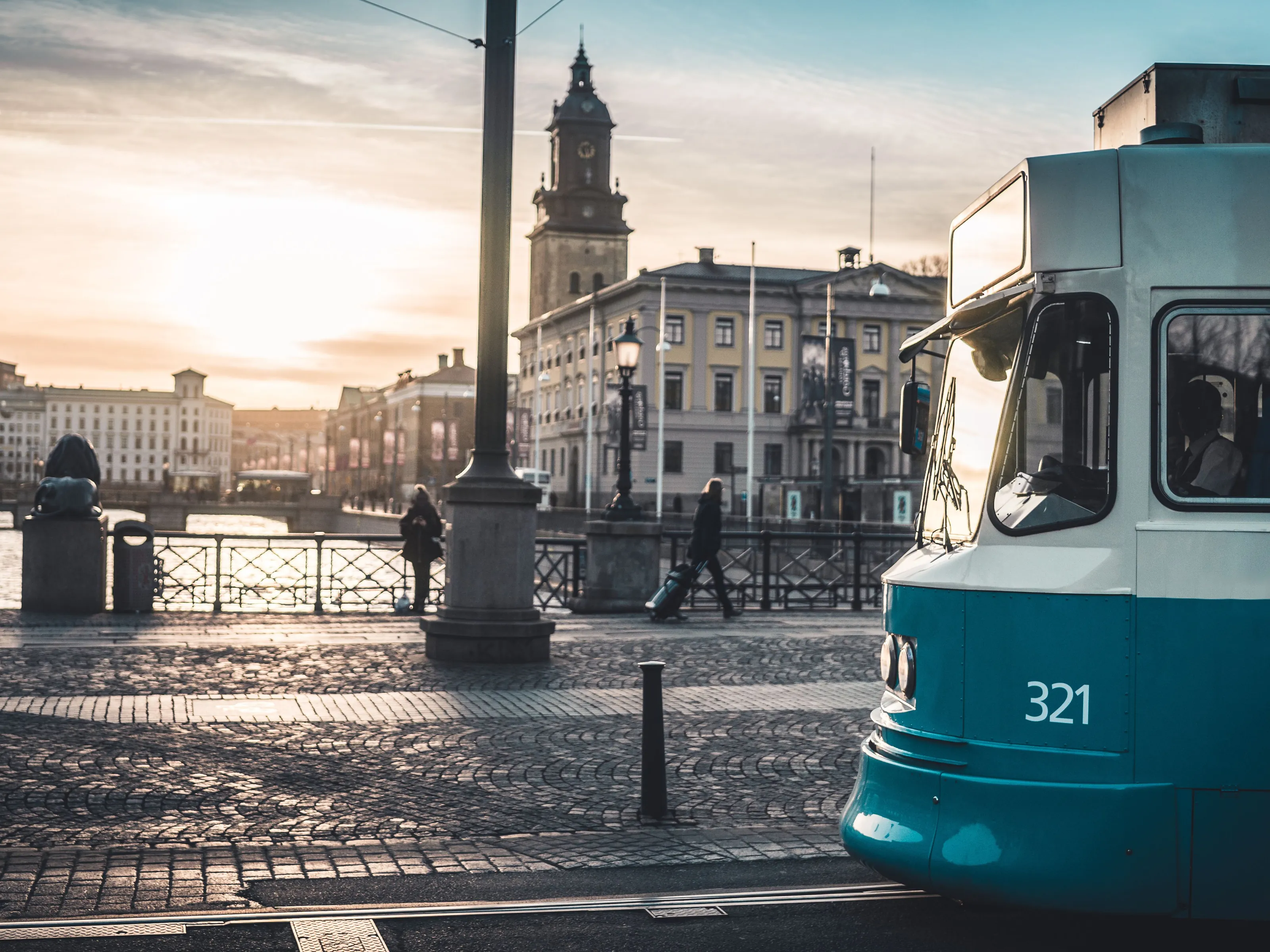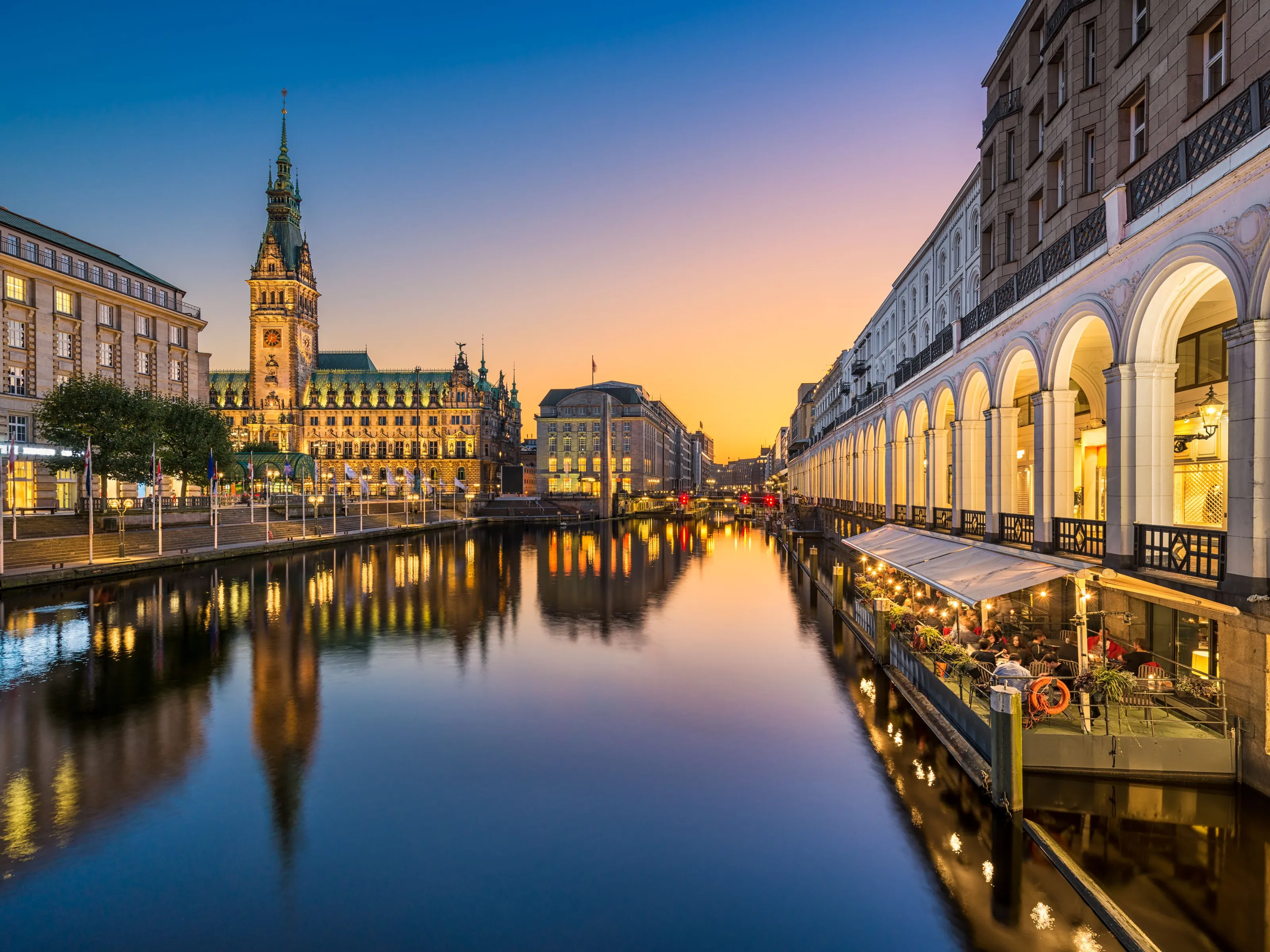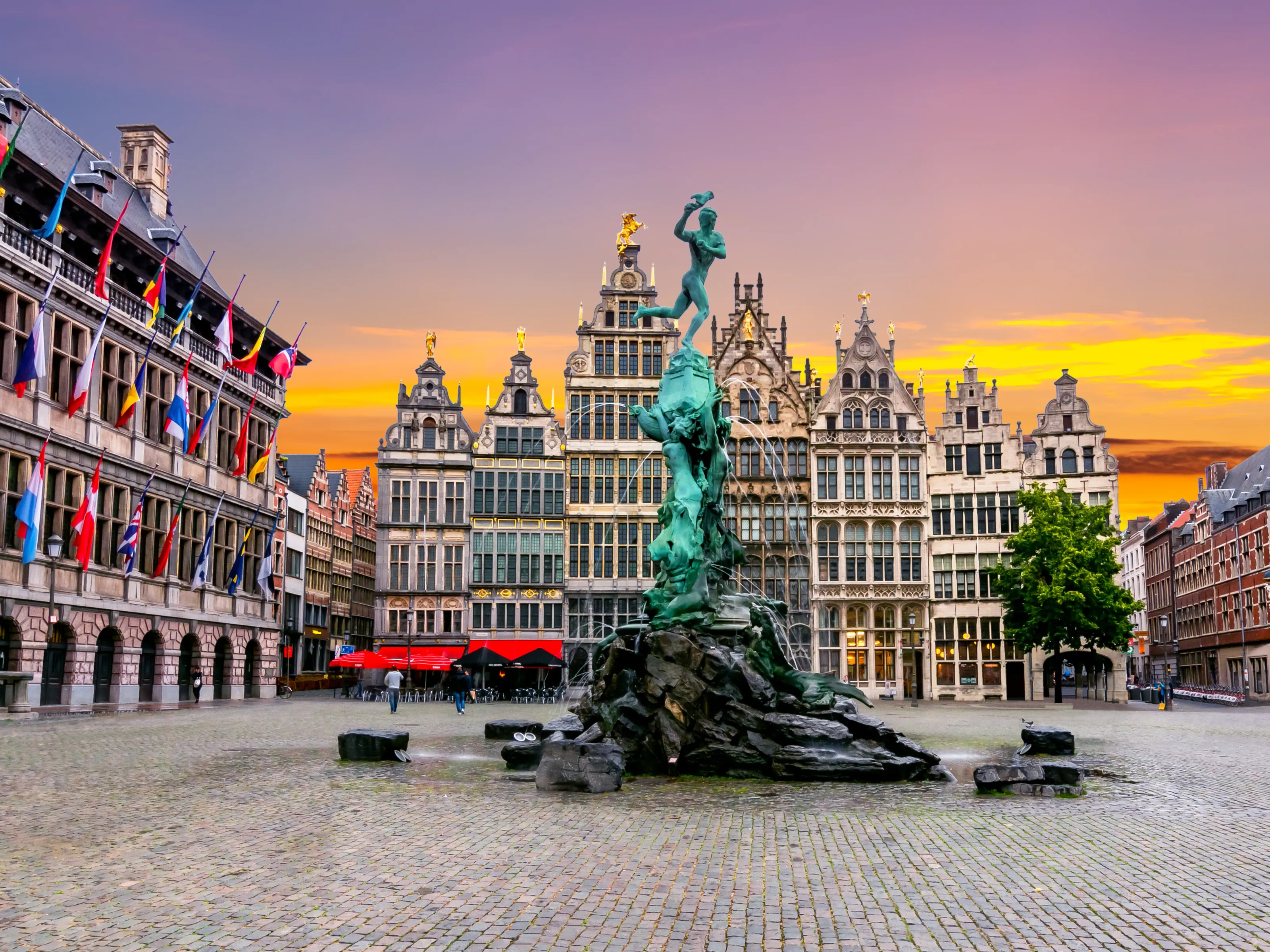Why Visit Oslo?
Oslo harmonizes urban sophistication with wilderness access, where world-class museums anchor a compact waterfront capital surrounded by Oslofjord islands, forested hills perfect for cross-country skiing, and hiking trails accessible by metro. Norway's capital surprises visitors expecting a sleepy Nordic town—the angular white marble Opera House invites climbers to walk its sloping roof for harbor panoramas, Vigeland Sculpture Park's 200+ bronze and granite figures create the world's largest sculpture installation by a single artist, and the ultra-modern Astrup Fearnley Museum's wave-like architecture houses contemporary art on the revitalized Tjuvholmen waterfront. The Fram Museum displays polar exploration vessels that reached both poles (the old Viking Ship Museum is closed for major reconstruction until ~2027, reopening as the Museum of the Viking Age).
The Nobel Peace Center downtown honors laureates, while the futuristic Deichman Bjørvika library offers panoramic reading rooms. Yet Oslo's magic lies in its unique urban-nature integration—hop the metro 20 minutes to Holmenkollen's ski jump and city views, kayak through island-dotted Oslofjord, or hike Nordmarka's infinite forest trails from tram stops. Summer brings outdoor concerts in Frognerparken, floating saunas on the harbor, and endless daylight for exploring, while winter transforms the city into a cross-country skiing paradise with lit trails throughout Nordmarka.
The food scene elevates Norwegian ingredients from traditional rakfisk (fermented fish) to Michelin-starred innovation at Maaemo. With clean air, safe streets, near-cashless convenience, and fjords as playground, Oslo delivers Scandinavian quality of life and outdoor adventure.
What to Do
Oslo Icons & Architecture
Oslo Opera House
Snøhetta-designed architectural masterpiece rising from Oslofjord like an iceberg—white Italian marble and glass panels create stunning visual. The sloping roof invites visitors to walk up for free 360° harbor views (open 24/7). Guided tours are available (about 150 NOK for a 50-minute tour—book online) revealing backstage areas, auditoriums, and acoustics, but the roof and public areas are free for all. Performances range from opera to ballet to concerts (NOK 200-1,500+ depending on seat/show). Even without tickets, public areas are free—lobby with wave-ceiling, harborside café, and rooftop walk deliver Oslo experience. Best: sunset (summer 9-10pm) when golden light hits the building and city lights emerge. Located at Bjørvika waterfront next to Munch Museum and modern Barcode district. Very photogenic—bring camera. The building symbolizes modern Norway—public, accessible, democratic design. Walking the roof is surprisingly popular—Norwegians picnic here. Wheelchair accessible.
Vigeland Sculpture Park (Frognerparken)
World's largest sculpture park by a single artist—200+ granite, bronze, and wrought iron figures by Gustav Vigeland depicting human life cycle. Free entry, always open. Located in Frogner Park 3km west of center (tram 12, bus 20 to Vigelandsparken stop). The Monolith—14m tall column of 121 intertwined human figures—is centerpiece requiring 14 years to carve. Fountain shows life cycle from cradle to grave. Angry Boy (Sinnataggen) bronze is Oslo's most photographed sculpture—tiny figure stamping in fury. The Bridge has 58 bronze figures in various poses. Park also has rose gardens, ponds, and lawns perfect for picnics. Go early morning (7-8am) for fewer crowds and soft light, or summer evenings when locals gather. Allow 1-2 hours to walk entire sculpture route. Vigeland Museum nearby (NOK 100) shows artist's studio and additional works. The art is powerful—controversial when installed (1940s) but now beloved Norwegian treasure.
Akershus Fortress
Medieval castle and fortress overlooking harbor, built 1299 and still used by Norwegian government and military. Free to enter grounds (open daily 6am-9pm). Walk ramparts for harbor views, explore cobblestone courtyards, and visit Norwegian Resistance Museum (NOK 80—WWII occupation history, moving). Castle interior (NOK 120, guided tours summer only) shows royal halls and chapel. The fortress played key role in Oslo's defense for 700+ years and survived multiple sieges. Executions of Norwegian resistance fighters during Nazi occupation happened here—somber memorial plaques mark spots. Best combined with harbor walk—located on Akerskai peninsula jutting into fjord. Changing of guard ceremony noon on weekdays (casual, not as elaborate as Buckingham Palace). Bring picnic—locals use fortress lawns for lunch breaks. Great views of Oslo Fjord, City Hall, and cruise ships. History buffs should add Armed Forces Museum in same complex (free).
Museums & Culture
Fram Polar Ship Museum
Houses the Fram—strongest wooden ship ever built, used in three Arctic/Antarctic expeditions (1893-1912) reaching farthest north and south of any ship at the time. Board the actual vessel, walk its decks, and see cramped crew quarters where explorers survived years in polar ice. Adult tickets 180 NOK (free with Oslo Pass—check official Fram Museum site for current rates). Interactive exhibits explain Amundsen, Nansen, and Sverdrup's expeditions. The ship is incredibly well-preserved—you'll understand the courage required to voluntarily freeze into Arctic ice for years. Gjøa vessel (Northwest Passage) also on display. Kids love climbing aboard—very hands-on museum. Located on Bygdøy peninsula with other maritime museums. Reach via bus 30 from city center (25 min) or seasonal ferry from City Hall pier (summer only, 20 min). Combine with Kon-Tiki Museum next door (Thor Heyerdahl's Pacific raft voyages). Allow 2 hours for both museums. Note: The old Viking Ship Museum on Bygdøy closed until approximately 2027—major reconstruction underway, reopening as Museum of the Viking Age.
MUNCH Museum
New museum (opened October 2021) in Bjørvika showcasing Edvard Munch's life work including multiple versions of The Scream. Adult tickets 220 NOK, under-25s 100 NOK, kids under 18 free (Oslo Pass holders get in free—check official website). 13-story building with 11 galleries—world's largest collection of Munch's paintings, prints, and drawings. The Scream is Norway's most famous artwork—seeing it in person is more powerful than reproductions. Museum rotates collection (Munch created 1,800 paintings, 18,000+ prints) so repeat visitors see different works. Top floor has café and terrace with fjord views. Architecture by Estudio Herreros is striking—twisted tower design. Allow 2-3 hours. Go afternoon when morning tour groups dispersed. Combined tickets with other Oslo museums available. Free on first Thursday of month 6-9pm (very crowded). Beyond The Scream, see Munch's self-portraits, landscapes, and psychological intensity throughout his career. Gift shop excellent for art prints and books.
Norwegian Folk Museum (Bygdøy)
Open-air museum with 160 historic buildings relocated from across Norway, including 13th-century Gol Stave Church—one of world's best-preserved medieval wooden churches. Adult admission around 195 NOK (students 140 NOK, under-18s free; free with Oslo Pass—check official Norsk Folkemuseum site). Costumed interpreters demonstrate traditional crafts—weaving, bread baking, woodcarving—in historic farmhouses. The stave church is extraordinary—intricate dragon carvings and Christian symbolism. Sami culture exhibit shows indigenous Norwegian reindeer herders' life. Traditional town with pharmacy, school, shops shows 19th-century Norwegian life. Summer: folk dancing, horse-drawn carriage rides. Winter: Christmas market (December) is magical. Large museum—allow 2-3 hours. Indoor exhibits cover folk costumes and Sami history. Located on Bygdøy—bus 30 from city or summer ferry. Perfect for understanding Norwegian cultural heritage beyond Vikings. Family-friendly with lots of space for kids to explore.
Nature & Outdoor Oslo
Holmenkollen Ski Jump & Views
Oslo's most dramatic viewpoint—ski jump tower (built 1892, rebuilt 2010 for World Championships) offers panoramic city and fjord views from top platform. Entry NOK 150 adult (includes museum, check official site). Take metro line 1 to Holmenkollen station (20 min from city center)—part of the experience is scenic ride through forest. Ski Museum at base shows 4,000 years of skiing history—Norway invented the sport. Elevator takes you up jump tower where ski jumpers launch—standing at takeoff platform is thrilling and terrifying (60m high, lands 126m below). The view spans Oslo, fjord, and Swedish border mountains. Ski jump simulators let you virtually experience the flight (extra fee). Outdoor trails around area perfect for short forest walk. Winter: see actual ski jumping competitions (free to watch if visiting on event day). Summer: hikers use Holmenkollen as trailhead for Nordmarka forest (Oslo's 'backyard wilderness'—hundreds of km of trails). Restaurant at top for meals with views.
Oslo Fjord Islands (Øyene)
Escape the city to Oslofjord's 40+ islands—all reachable by public ferry (covered by Oslo Pass or transport ticket, NOK 39/$4 single). Hovedøya: Most popular—Medieval monastery ruins, beaches, forests, picnic spots. 10 min ferry from Aker Brygge. Bring lunch, swim, explore ruins, spot deer. Langøyene: Best beach—sandy shore (rare in rocky Norway). Gets crowded summer weekends. Camping allowed (free). Gressholmen: Secluded, great for swimming and sunbathing. Artistic sculpture trail. Ferries run April-September primarily, limited off-season. Bring: swimsuit, towel, picnic (no shops on most islands). Grills available—Norwegians BBQ on the islands. Perfect for families—safe, shallow beaches. Very popular on sunny days (17-20°C feels like summer in Norway). The islands offer Norway's outdoor culture—allemannsretten (freedom to roam) means camping and walking freely. No cars on islands—pure nature 15 min from city center.
Nordmarka Forest & Sognsvann
Oslo's massive forest wilderness (430 km²) begins at city edge—metro line 5 to Sognsvann (25 min from center) reaches pristine lake surrounded by forest trails. Sognsvann Lake has 3.3km walking path circling clear water—easy, flat, popular with families and joggers (1 hour loop). Swimming in summer (cold but refreshing). Cross-country skiing in winter—lit trails until 10pm make night skiing possible. Nordmarka has 2,600+ km of marked trails—anything from 30-min strolls to full-day hikes. Tryvann Winter Park (metro + 10 min) offers downhill skiing and Oslo Winter Park (sledding). Frognerseteren (historic mountain lodge restaurant, metro line 1 end station) serves traditional Norwegian food with city views. The forest is Oslo's pride—residents use it constantly for hiking, skiing, berry picking. Right to roam means free access everywhere. Maps available at tourism offices or download AllTrails app. Even 30 minutes in Nordmarka gives taste of Norwegian nature. Many Oslovians say Nordmarka makes city liveable—nature therapy always available.
Gallery
Travel Information
Getting There
- Airports: OSL
Best Time to Visit
May, June, July, August, September
Climate: Cool
Weather by Month
| Month | High | Low | Rainy days | Condition |
|---|---|---|---|---|
| January | 4°C | 0°C | 12 | Good |
| February | 5°C | -1°C | 10 | Good |
| March | 6°C | -1°C | 8 | Good |
| April | 12°C | 2°C | 6 | Good |
| May | 15°C | 5°C | 7 | Excellent (best) |
| June | 23°C | 14°C | 12 | Excellent (best) |
| July | 18°C | 12°C | 16 | Excellent (best) |
| August | 21°C | 13°C | 9 | Excellent (best) |
| September | 17°C | 9°C | 12 | Excellent (best) |
| October | 11°C | 7°C | 21 | Wet |
| November | 7°C | 3°C | 14 | Wet |
| December | 3°C | 1°C | 26 | Wet |
Weather data: Open-Meteo Archive (2020-2024) • Open-Meteo.com (CC BY 4.0) • Historical avg. 2020–2024
Budget
Excludes flights
Visa Requirements
Schengen Area
💡 🌍 Traveler Tip (November 2025): Best time to visit: May, June, July, August, September.
Practical Information
Getting There
Oslo Airport Gardermoen (OSL) is 50km northeast. Flytoget airport express train reaches Oslo S in 20 minutes (NOK 230/$23). Cheaper NSB regional trains cost NOK 118/$11 (25 min). Buses available. Taxis expensive (NOK 700-900/$68–$87). Oslo is Norway's rail hub—trains to Bergen (7h scenic), Stockholm (6h), Copenhagen (8h).
Getting Around
Oslo Metro (T-bane, 6 lines), trams, buses, and ferries. Expect to pay around 40-42 NOK for a 60-minute single ticket in zone 1 and about 125-130 NOK for a 24-hour pass (valid on metro, trams, buses, and most ferries). 7-day pass around NOK 328. Oslo Pass (24h: 550 NOK, 48h: 800 NOK, 72h: 945 NOK) covers transport and most museums. The center is very walkable. Bikes available but hilly. Taxis very expensive (NOK 120/$12 start). Water taxis serve islands in summer.
Money & Payments
Norwegian Krone (NOK, kr). Exchange $1 ≈ NOK $11–$121 ≈ NOK 10.50-10.80. Oslo is nearly cashless—cards accepted absolutely everywhere, including public toilets and food trucks. Many venues don't accept cash. No need for ATMs. Tipping: service included, small tips appreciated but not expected.
Language
Norwegian (Bokmål) is official, but Oslo has near-universal English fluency—everyone speaks excellent English. Communication is effortless. Learning 'Takk' (thanks) and 'Hei' (hi) is appreciated but optional.
Cultural Tips
Norwegians value punctuality, personal space, and nature. Dinner is early (5-8pm). Book restaurants ahead. Alcohol is expensive and sold at Vinmonopolet state stores (closed Sundays). Outdoor culture is huge—dress in layers even summer. Right to roam (allemannsretten) allows hiking anywhere. Norwegians are reserved but friendly when approached. Museums often close Mondays. Bring reusable water bottle—tap water is pure.
Perfect 3-Day Oslo Itinerary
Day 1: Museums & Waterfront
Day 2: Parks & Views
Day 3: Art & Islands
Where to Stay in Oslo
Sentrum (City Center)
Best for: Main sights, Opera, shopping, Karl Johans gate, central hotels
Grünerløkka
Best for: Hipster cafés, vintage shops, Mathallen food hall, nightlife, young vibe
Aker Brygge/Tjuvholmen
Best for: Waterfront dining, modern architecture, museums, upscale, harbor views
Frogner
Best for: Vigeland Park, residential elegance, embassies, calm atmosphere
Frequently Asked Questions
Do I need a visa to visit Oslo?
What is the best time to visit Oslo?
How much does a trip to Oslo cost per day?
Is Oslo safe for tourists?
What are the must-see attractions in Oslo?
Popular Activities
Top-rated tours and experiences in Oslo
Ready to Visit Oslo?
Book your flights, accommodation, and activities






